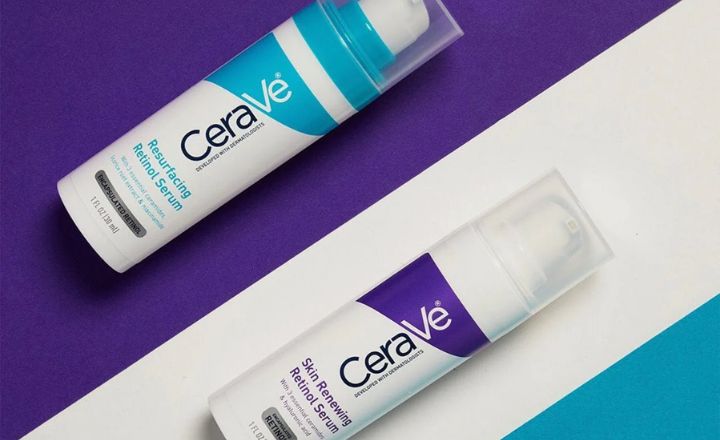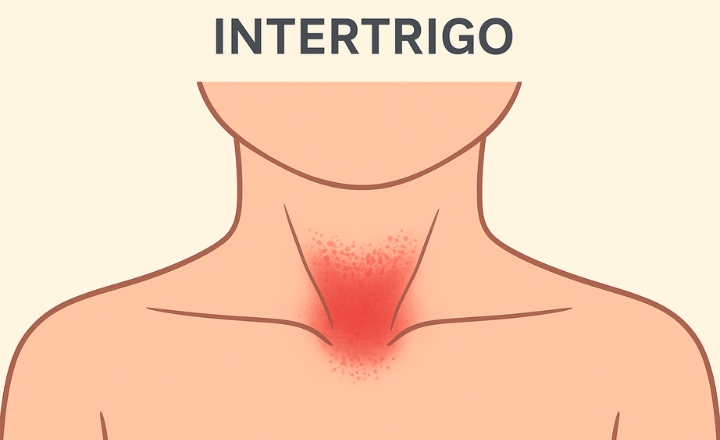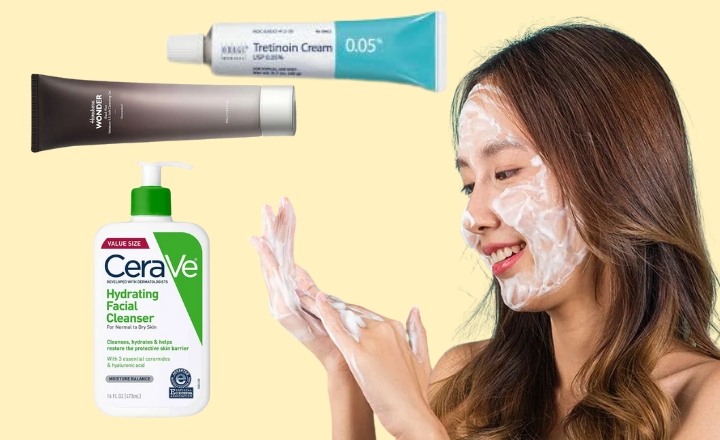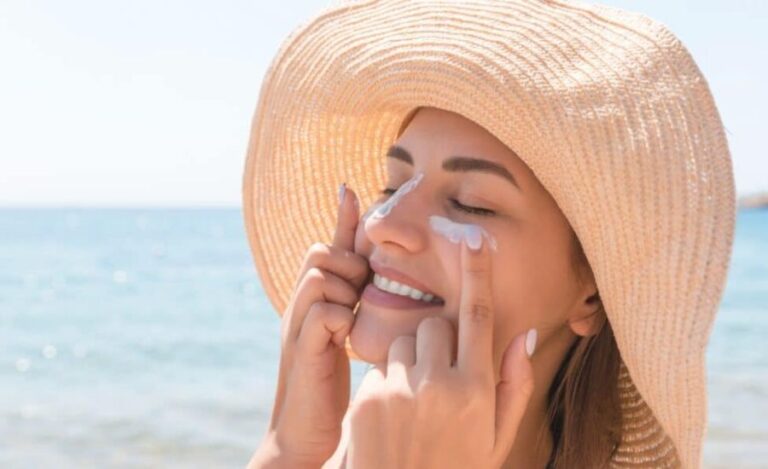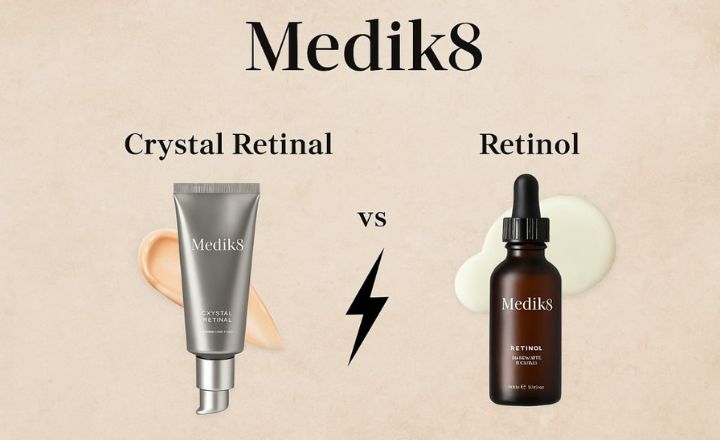Cerave Retinol Serum Vs Skin Renewing
With so many options available, it can be confusing to choose the right product for your needs. In this article, I will help you to understand the differences between Cerave Retinol Serum vs Skin Renewing formula.
Benefits Of Retinol
- Treats acne and clear pores effectively
- Promote collagen production, essential for maintaining skin elasticity
- Reduces anti- aging sign such as fine lines and wrinkles
- Decreases hyperpigmentation
- Refine skin texture and tone
Can Teen Use Retinol
Teens are indeed benefited by retinoids but prescriptions help understanding the dosage and right formulation. Severe teens’ skin problems can be prevented potentially by including retinoids in skincare routine. To avoid any mishappenings, teens are advised to consult dermatologists to choose best fit products for their skin types.
This professional guidance can help teens to get clear skin along with a safe life-long skincare. Worried about your teenage skincare routine– here is my post which will help u the best Retinoids in Skincare Routine: How to Use for Teen Acne?
Cerave Resurfacing retinol Serum vs Skin Renewing
The ingredient list of Cerave Retinol Serum vs Skin Renewing formula will help you to understand the difference between them.
Cerave Retinol Serums – Key Ingredients
Cerave Skin Renewing formula
It also has light weight gel-like consistency, designed to target anti-aging signs.
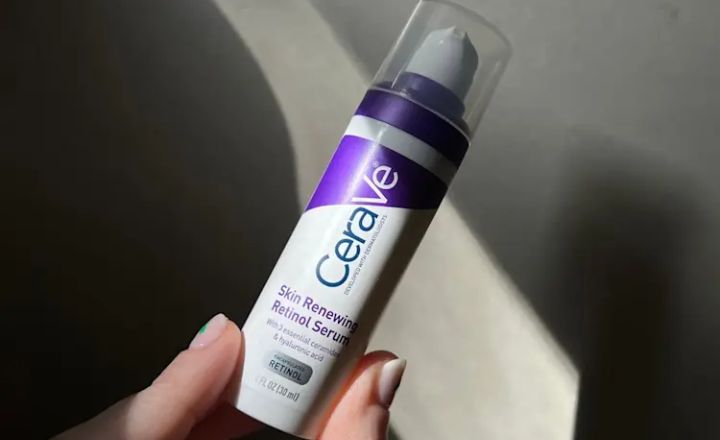
Includes
- Retinol–smooth fine line and wrinkles
- Ceramides includes three types of ceramides to restore skin natural barrier
- Hyaluronic acid help skin to retain moisture
- Shia butter to provide nourishment
Cerave Resurfacing Retinol Serum
A lightweight & fast-absorbing gel helps to reduce the appearance of post acne marks and leaves a non-greasy feel.
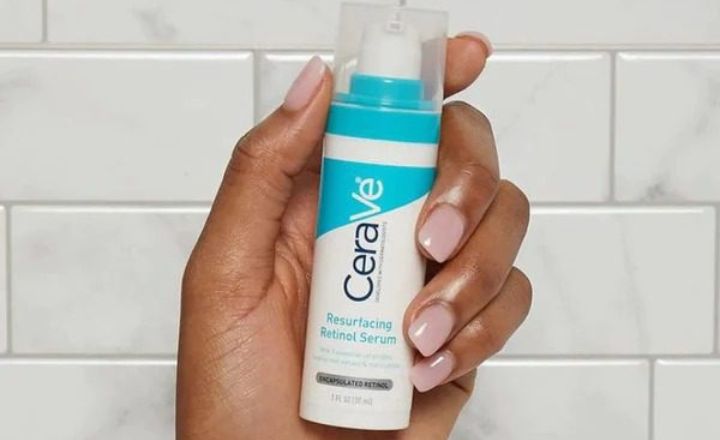
- Encapsulated Retinol which resurfaces skin texture.
- Licorice root extract brightens the skin appearance
- Niacinamide helps calm the skin.
- Ceramides helps to protect skin barrier
Ingredients that Matters
Licorice root extract
Licorice root extract rich in glycyrrhizin, a natural ingredient used to calm redness and inflammation
This extract also help to fade acne marks and prevents hyperpigmentation by reducing the melanin production
If you have acne-prone skin then this is a good ingredient to consider
Essential ceramides
Ceramides are the natural lipids already present in our skin that helps to maintain the skin’s barrier and keep it hydrated.
Almost all the products contain three types of ceramides, ceramide NP, ceramide AP, and ceramide EOP–which helps to lock moisture, enhance the skin elasticity and deal with redness.
If your skin barrier is damage you need to use the product that contain ceramides in order to improve skin barrier
Niacinamide in Cerave retinol
Let’s have a look at the benefits of niacinamide.
- It helps to minimize pores
- Improves the skin barrier and provides hydration
- Have anti-inflammatory properties to reduce acne breakouts
- Balance sebum production
Both the Cerave Retinol Serum have niacinamide in it but Cerave Resurfacing retinol Serum contains a little more.
Which Cerave Retinol is Better
When comparing Cerave Retinol Serum vs Skin Renewing formula, both of them are good at treating acne and prevent anti-aging signs. But Resurfacing Retinol Serum has natural ingredients that is licorice root extract which has smoothing properties and helps to treat acne better making it a great choice for younger people dealing with acne.
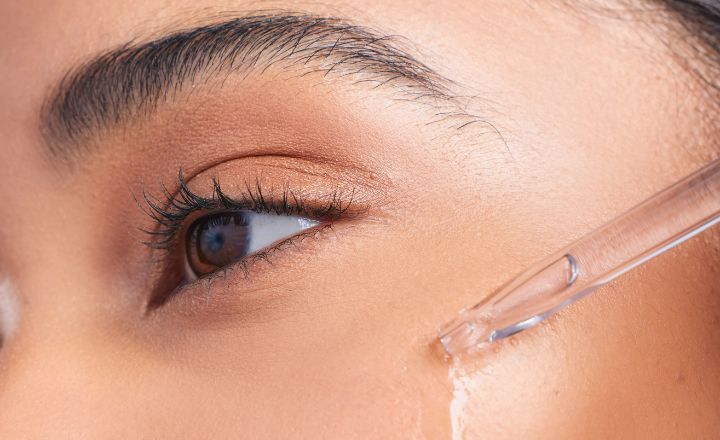
Both serums have their benefits but the addition of licorice root may just give the Resurfacing formula the edge for anyone looking to treat acne effectively while still fighting the signs of aging.
Where should retinol sit in your skin care routine?
Retinol comes with a great benefits for your skin, to maximize its effectiveness keep these point in mind:
- Make sure to use it on a clean and dry skin.
- If you are new retinol, starts by applying 1 to 2 times a week then slowly increase the dosage by 2 to 3 times a week
- If your skin feel sensitive with it, give it a break or pair it with gentle moisturizer
- Don’t use any exfoliating acid with it like salicylic acid
- Make sure to use your sunscreen with it, otherwise your skin may become more sensitive to sun damage
Learn How to Use Retinol for Beginners – Step by Step Guide.
Possible Side Effects
Retinol takes time to adjust to your skin as it speeds up the cell turnover which will sometimes result in increased acne, this is the acne that is developing under your skin for weeks or even months and that’s completely normal.
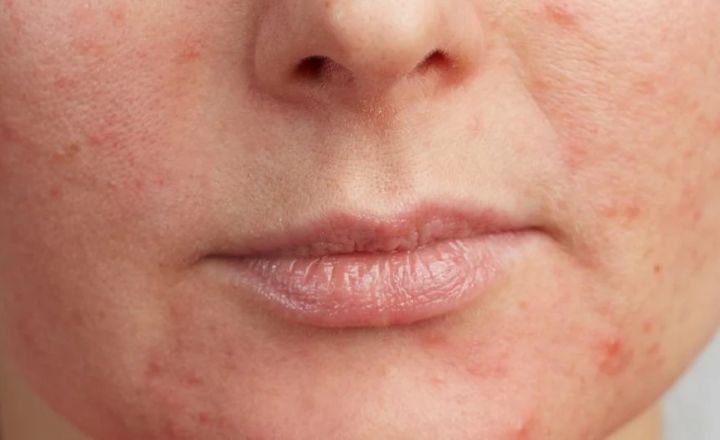
Potential side effect of retinol includes
- Redness and peeling
- Increased sensitivity to the sun.
- Dryness or flaking, which can be eliminated by pairing retinol with a good moisturizer.
These effects are usually temporary as your skin adjusts to the ingredient.
Conclusion
For Cerave Retinol Serum vs Skin Renewing formula, Cerave Resurfacing Retinol Serum is a great choice for someone who is dealing with acne. It works effectively to fade the acne marks. Its consistent use can improve your skin’s texture over time. On the other hand, if you are looking for a gentle option that helps with signs of aging, Cerave Skin Renewing Serum is perfect. It hydrates your skin without being harsh and can make you look refreshed.
What’s the difference between CeraVe Resurfacing Retinol Serum and Skin Renewing Retinol Serum?
Cerave Resurfacing Serum contain licorice and niacinamide for extra brightening benefits which is not present in renewing serum
When should I use CeraVe Skin Renewing Retinol Serum?
it is recommend to use retinol serum in night time. this allow your skin to repair over night without exposure to sun
What is the Cerave Retinol Serum Percentage?
CeraVe Skin Renewing Retinol Serum contains 1% encapsulated retinol and CeraVe Resurfacing Retinol Serum contains 0.3% encapsulated retinol, according to product description

